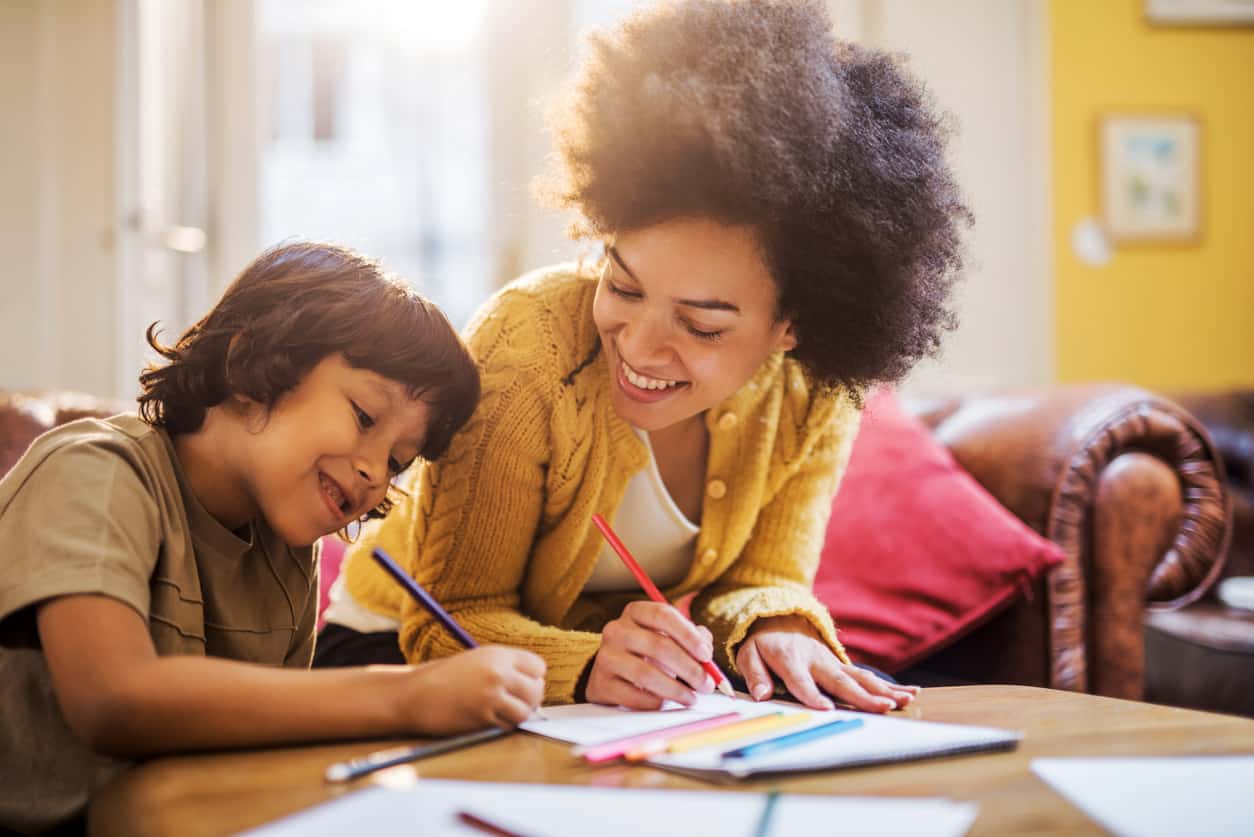Trying to raise a grateful child during the age of instant gratification can be challenging. But as difficult as it may appear, it’s possible to help your children nurture their sense of gratitude.
This article explores why gratitude matters and gives you simple activities, games, and exercises that can help your child develop an attitude of gratitude every day.
Why Is It Important to Teach Children Gratitude?

Why teach your child to be thankful? First, think of the mental health benefits. Gratitude can make your child happier. “Gratitude helps people feel more positive emotions, relish good experiences, improve their health, deal with adversity, and build strong relationships,” according to Harvard Medical School experts.
Gratitude can also help boost your child’s physical health. In a study, psychologists asked participants to write a few sentences a week. One group wrote about what they were grateful for that week. A second group was told to write about daily irritations. And finally, a third group was asked to write a few sentences without any positive or negative emphasis.
After 10 weeks, those who focused on gratitude were more optimistic, felt better about their lives, and even exercised more—with fewer doctor’s visits than those who focused on what irritated them.
To practice gratitude for others, children must put themselves in the shoes of others by thinking about what they could be feeling. These are complex social-emotional skills—ones that children tend to develop around ages 3 to 5, making this the perfect age to introduce gratitude into their lives.
How to Help Children Learn Gratitude
There are plenty of ways you can instill gratitude in your children. One method is simply by modeling gratitude in your own life. Your children watch and learn from your own actions. Here are some other ways can help your child see how you express gratitude (from PBS for Parents):
- At bedtime, tell your child what you are thankful for and ask them to come up with a few ideas of their own. Try to think of new things each night. Expressing gratitude helps your child learn to look for the good in their daily lives (as shown in the “Thankful Thinking” activity included in this resource).
- Lead by example! Children imitate adult behavior, so make an effort to say “thank you” in your daily interactions. You can also practice saying “please” and “thank you” with your child while you play with a favorite toy or stuffed animal.
- Write thank you notes together to a loved one, and let your children add a picture of their own. As your children get older, encourage them to write their own thank you cards or make gifts for people in their lives.
5 Gratitude Exercises for Children

Keep a Gratitude Journal
By keeping a gratitude journal, children can learn to notice the good things in their lives. For children who can write, you can find gratitude journal printable templates here, or use prompts like these to help your child start their own.
Younger children can draw in a journal, or they may express themselves as children do in the early stages of development—through scribble writing or by writing letters that match some of the sounds in the words. They may also use invented, approximate spellings. In a journal, any expression is great. For this activity, focus on the idea and not the accuracy of the writing.
Start a Morning Gratitude Routine
cSome simple, regular routines can help build a sense of gratitude. At mealtime, each family member can say what they’re grateful for that day. Or in the morning, children can start the day stating what they’re grateful for. This can help children begin on the right foot and set the mood for the rest of the day.
Make a Gratitude Tree
A gratitude tree is a fun craft that’s perfect for preschoolers. Your children can cut out “leaves” from construction paper, and write what they’re grateful for on each leaf. It can be anything, from family members or pets to something they like to do.
Write Poems About Gratitude
Reading or writing poems about gratitude is a fun family activity that can encourage a child’s creative spirit. Here are a few poems about Thanksgiving that are perfect to share with children.
Make a Gratitude Box or Jar
This is a simple craft that helps children gather tangible evidence of how much they have to be grateful for. Any box or jar will do, but you can craft a special one if you want.
Each day, help your child write what they’re grateful for on a slip of paper and put it in the box or jar. At the end of the month, or on a special day, take out the paper and read each piece with your child.

